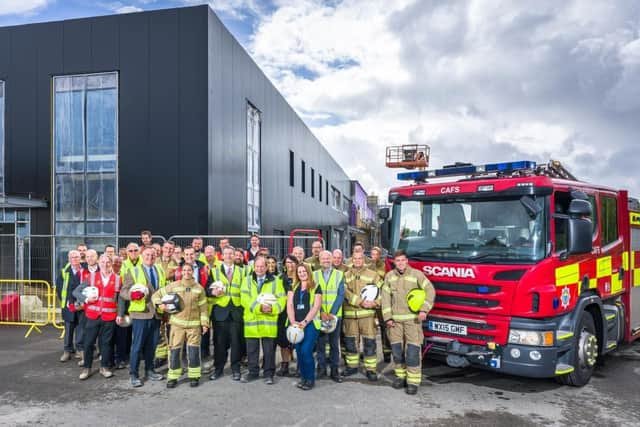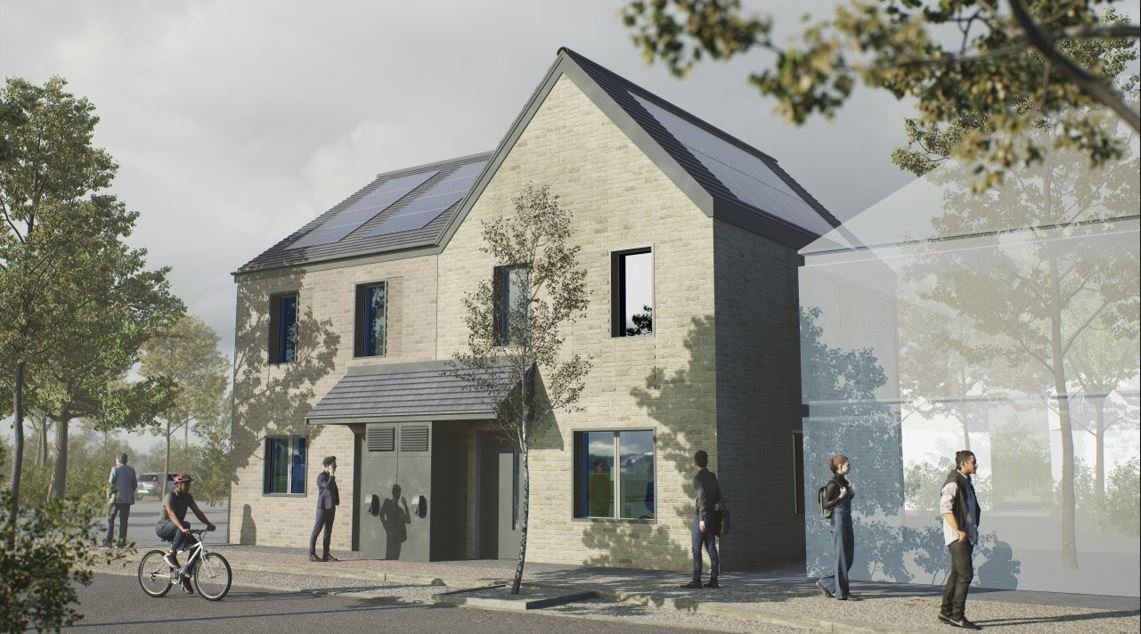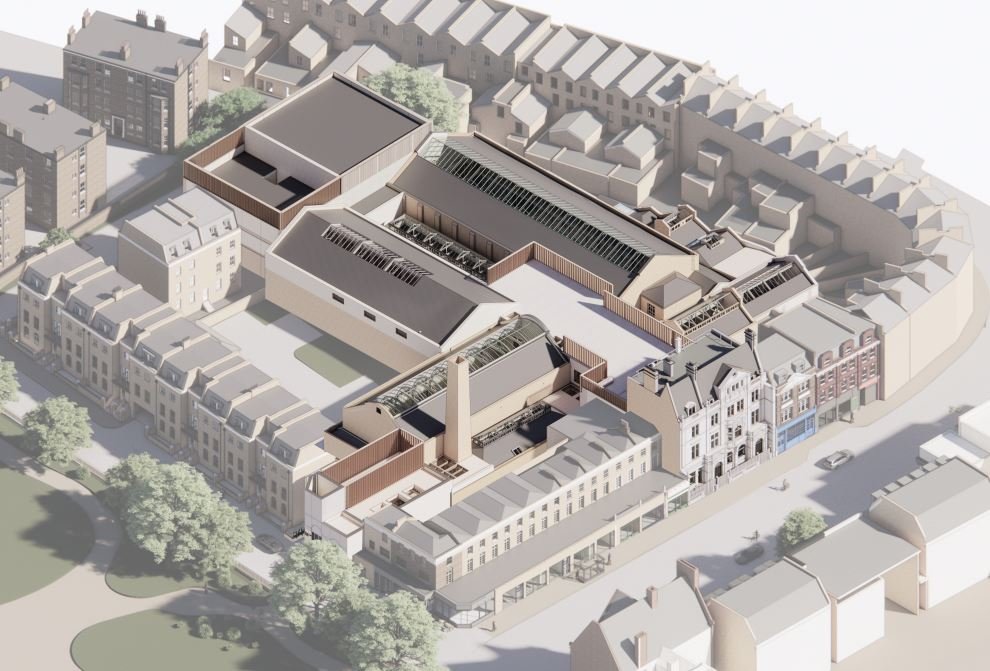Horsham Fire Station | Horsham | West Sussex



CLIENT West Sussex County Council
LOCATION Hurst Rd, Horsham RH12 2DN
DURATION 2019-2023
-
To create a new home for Horsham Fire Station and its training facility for new recruits.
-
VZDV was appointed by Willmott Dixon to produce a detailed design to RIBA Stage 4.
-
Help meet the zero carbon by 2030 target set by West Sussex Country Council having declared a climate emergency.
-
The project allowed VZDV to gain valuable experience in the latest smoke treatment technologies on the market, and the advantages and disadvantages associated with each. As a result, VZDV can provide independent advice to clients on the merits of each system.
In proud collaboration with:
West Sussex County Council, West Sussex Fire and Rescue Service, Willmott Dixon, HNW, HOP, Terra Firma, Savills, Lion (Fire Training Specialists)
BACKGROUND
The Horsham Fire Station is unique in that is not only an operational fire station, but also a training facility for new recruits. As such, the facility includes specialist training buildings which include a smoke tower and live fire training venue (LFTV) with associated breathing apparatus maintenance and teaching facility.
THE OBJECTIVE
West Sussex Country Council declared a climate emergency and set a target to be zero carbon by 2030, so VZDV was appointed by Willmott Dixon to produce a detailed design to RIBA Stage 4 to help achieve this goal through this facility.
THE CHALLENGE
LFTVs are designed to be set on fire to provide live fire training to firefighters. The site for the fire station borders a new housing development and as such a key project challenge was how to address the treatment of smoke emitted from the LFTV.
THE DEFINING MOMENT
There are several systems in the marketplace to deal with the smoke emitted from LFTVs. The choice of system depends heavily on the technical constraints of the site, but most importantly requires buy-in from the Fire and Rescue Service to ensure it meets their training needs.
VZDV worked closely with the rest of the delivery team and the Fire and Rescue Service to investigate different types of smoke treatment systems. This involved visiting several facilities across the width and breadth of the UK and holding interviews with the operators of those facilities to better understand the strengths and weaknesses of each system.
THE TRANSFORMATION
A visit to the newly opened LFTV in Cardiff proved to be pivotal. The facility is set within a residential area, and the Horsham delivery team could benefit from many of the lessons learnt by the Cardiff team.
The Cardiff facility employs a system that captures the smoke emitted from the fire and treats it through a thermal oxidising process. The thermal oxidiser heats the smoke to temperatures in excess of 850°C, effectively incinerating the smoke particles. Lion, the manufacturer of the Smoxidiser® system claims removal efficiency of particles in excess of 99.5%. The system is so efficient that there is no apparent smoke emitted from the LFTV while in use.
The primary source of heating to the fire station is air source heat pumps. Extensive PV arrays are provided to the roofs of the buildings to offset some of the electrical demand for the development. The net result is a reduction of 58% in regulated carbon emissions when compared with Approved Document L (2013).
LEARNINGS
The project allowed VZDV to gain valuable experience in the latest smoke treatment technologies on the market, and the advantages and disadvantages associated with each. As a result VZDV can provide independent advice to clients on the merits of each system.
NEXT STEPS
We are seeking local authorities looking to develop similar challenging projects with ambitous carbon reduction commitments.





